Newly harvested Pu-erh raw tea and Pu-erh raw tea stored for a period of time exhibit significant differences in aroma. To accurately identify the aroma types of Pu-erh raw tea, a thorough understanding and grasp of these types are essential.
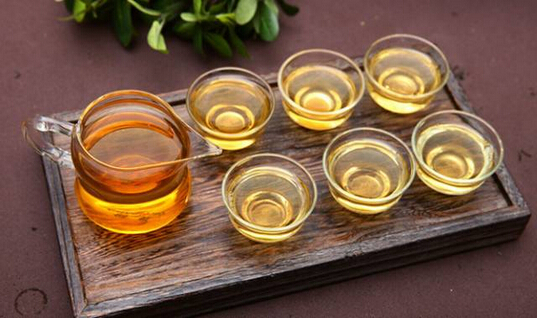
The aroma types of Yunnan large-leaf sun-dried raw tea produced in the current year mainly include pekoe fragrance, tender fragrance, fresh fragrance, floral fragrance (such as lotus fragrance), fruity fragrance (such as chestnut fragrance), sun-dried flavor, and coarse old air. These aroma types are often closely related to the tenderness of the raw material.
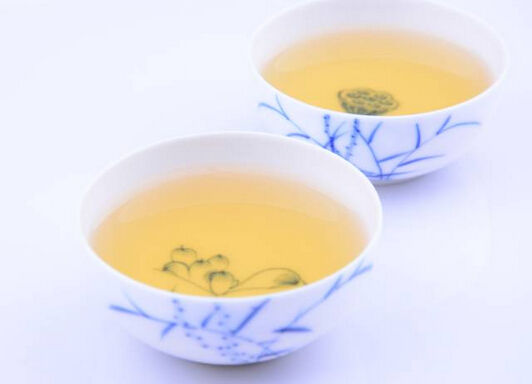
Raw Material and Aroma
For large-leaf sun-dried raw tea processed from single buds, the aroma type is often "pekoe fragrance," accompanied by a grain fragrance (i.e., sun-dried flavor, a unique scent of sun-dried raw tea).
For large-leaf sun-dried raw tea processed from one bud and one leaf, the aroma type is mostly "fresh fragrance" or "tender floral fragrance," with a grain fragrance.
For large-leaf sun-dried raw tea processed from one bud and two leaves, the aroma type is mostly "floral fragrance" and "fruity fragrance," accompanied by a grain fragrance. "Floral fragrance" includes scents like lotus and orchid, while "fruity fragrance" includes chestnut, bean, and apple scents.
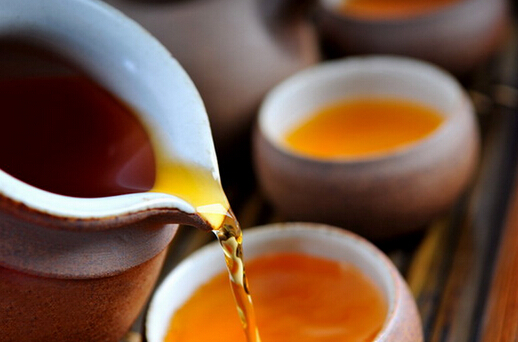
For large-leaf sun-dried raw tea processed from one bud and two or three leaves, the aroma type is mostly "fruity fragrance," with a grain fragrance. Chestnut fragrance is more common, and there are also ripe fragrance types.
For large-leaf sun-dried raw tea processed from one bud and four or five leaves, the aroma type often has a "coarse old air" (similar to dry straw fragrance) and a sun-dried flavor (bamboo shoot fragrance).
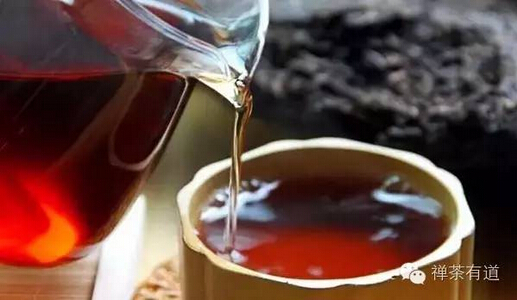
Storage and Aroma
During storage, the aroma substances of Pu-erh raw tea continuously change, with low-boiling-point aromatic substances (such as grassy smell) volatilizing first, fresh substances gradually transforming and disappearing, and the aroma becoming pure and mature. "Aged fragrance" substances gradually form until the "aged fragrance" becomes apparent. The time required for this transformation varies greatly depending on the storage environment, typically taking more than two years under normal storage conditions.
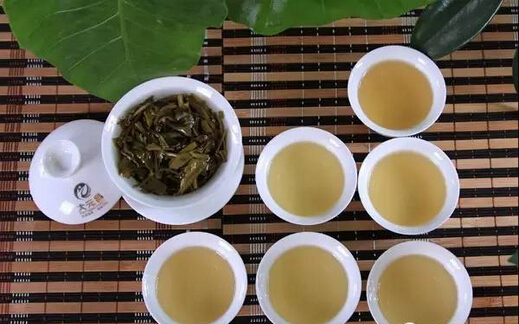
The aroma types formed during the storage of Pu-erh raw tea are complex and varied. The decomposition and transformation of aroma substances, their direction, and degree are constrained by the temperature and humidity of the storage environment and the ventilation conditions of the stored tea. High-temperature storage environments accelerate the transformation and accumulation of high-boiling-point aroma substances, while low-temperature storage environments promote the transformation and accumulation of low-boiling-point aroma substances.
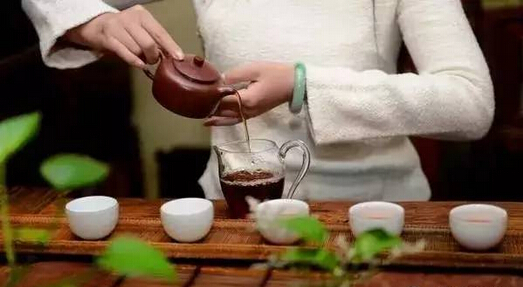
The diversity and uncertainty of storage environments lead to the diversity of aroma types in stored Pu-erh tea. With "aged fragrance" as the dominant aroma type, accompanied by a variety of other aroma types, this constitutes the mysterious world of stored Pu-erh tea aromas.